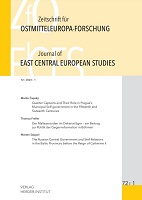
Ralph Schattkowsky: Osteuropaforschung in Polen. 1918–1939
Review of: Ralph Schattkowsky: Osteuropaforschung in Polen. 1918–1939. Harrassowitz Verlag. Wiesbaden 2019. X, 342 S. ISBN 978-3-447-11337-3. (€ 58,–.)
More...We kindly inform you that, as long as the subject affiliation of our 300.000+ articles is in progress, you might get unsufficient or no results on your third level or second level search. In this case, please broaden your search criteria.

Review of: Ralph Schattkowsky: Osteuropaforschung in Polen. 1918–1939. Harrassowitz Verlag. Wiesbaden 2019. X, 342 S. ISBN 978-3-447-11337-3. (€ 58,–.)
More...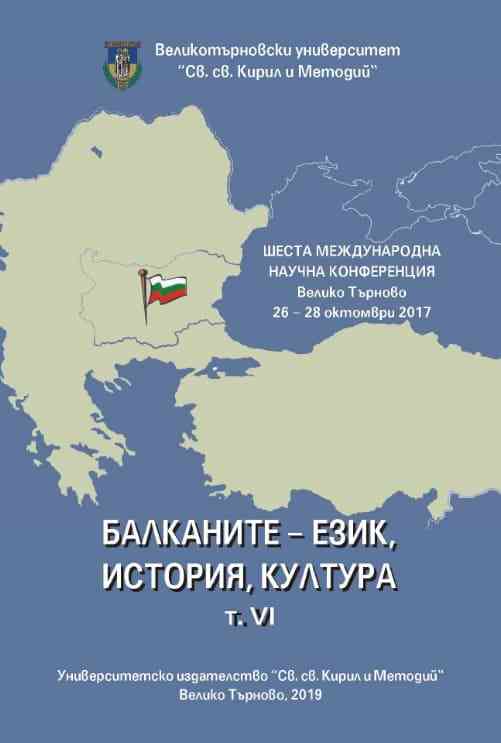
This article is focused on several sets of themes, in which greater analytic clarity is sought. The first set of themes is related to the meanings of identity in different contexts. The second concerns the relationship between nationalism and national identity. The author has applied a nuanced approach to nationalism, emphasizing the characteristics that distinguish it as a political principle, or as an ideological framework, or as a tool of populist manipulation. Treating the nation as a biological fact leads to ethno-national identity, a pathological form of national identity that may lead to assimilation, emigration, disadvantaged status of minorities or physical elimination.
More...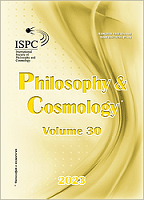
Modern Ukraine is a post-colonial, post-totalitarian state in which decolonization, decommunization, and de-russification have not yet been fully implemented. This article sets itself the goal of reviewing the agenda of the processes of civilizational transit of Ukraine and developing theoretically grounded vectors of the said process. The important fact that the current stage of development of the “worldview gravity” of Ukrainian society is characterized by an eclectic system of stereotypes is also of significant importance: here coexist both old stereotypes of consciousness and behavior, which have largely ceased to fulfill their functions, and new ones that are unstable and ambiguous. The series of ideas regarding the Ukrainian civilizational choice was already discovered in a monograph, “Civilizational crossroads of modern society,” and presented for Ukrainian readers a few years ago. The current article offers a revision of the previously presented ideas for the international audience of the journal readers, taking into account the current Ukrainian sociocultural situation, at the center of which are the challenges produced by the military aggression of the Russian Federation against Ukraine. The policy of new realism can become an effective tool for social modernization. The given word combination is not accidental: the realism of this type of politics insists on the need for the adequate perception of reality in all its essential aspects, and the novelty emphasizes the need to operate not with the laws and features of the socio-political status quo “in general,” but taking into account the latest dynamics, trends, threats, and problematic challenges. The people and the country need not only (and sometimes not so much) a thorough understanding of their cultural-civilizational, geopolitical, and economic-economic prospects but an indomitable character that guarantees the realization of their potential in spite of anything and against anything. On the difficult path of establishing a civilizational choice, Ukrainians will need not only the awareness of the incomplete state of political modernization, the limited, post-totalitarian (post-colonial, etc.) status, but also to work at the individual level to accelerate evolutionary processes. These processes can catalyze political decisions, not at the declarative level but at the practical level, to fill the steps for the approval of the civilizational choice with content. Step-by-step changes in favor of a new worldview horizon will require significant changes at the personal level through the rejection of destructive post-colonial (post-totalitarian, etc.) narratives in social practice in favor of the development of Ukrainian national identity, which will be preceded by the rational assimilation of the perspectives of civilizational choice, which is a fruitful combination of the European civilizational project and heritage of Ukrainian culture.
More...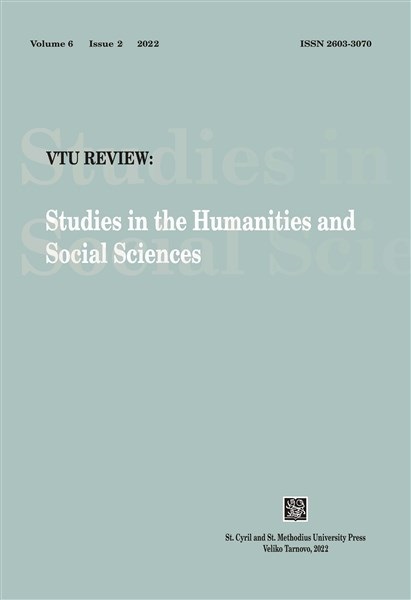
The aim of this article is to analyse the discourse about the people known as 𝑅𝑢𝑠 and 𝑉𝑎𝑟𝑎𝑛𝑔𝑖𝑎𝑛𝑠 which was prevalent among the erudite minority of the medieval Roman Empire. The earliest image of the Rus in Eastern Roman sources, found in the sermons of Patriarch Photios from 860, is one of inhumanity in the most basic sense of the word: the Rus are likened to a hailstorm and a roaring sea, they are wild boars and merciless barbarians. In a later letter, however, Photios adopts a different view: the Rus are no longer inhuman insofar as they are on their way to becoming members of the community of Christian nations. The images of the Rus in works from the time of Constantine VII Porphyrogennetos (r. 945–959) are very different from their representations in the writings of Photios as the Rus had become subjects of diplomatic efforts by the imperial court. The Rus are still very different from the Romans, but they are identified as people with their own government, their own hierarchy, and their own interests. The texts 𝐷𝑒 𝑐𝑒𝑟𝑒𝑚𝑜𝑛𝑖𝑖𝑠 and 𝐷𝑒 𝐴𝑑𝑚𝑖𝑛𝑖𝑠𝑡𝑟𝑎𝑛𝑑𝑜 𝐼𝑚𝑝𝑒𝑟𝑖𝑜 offer both peaceful and aggressive models of co-existence, each characterized with a different gender aspect. In the eleventh century, a group of Scandinavians known as Varangians became separated from the Rus. Although not mentioned in works earlier than from the 1070s, they are referred to in connection with events happening as early as in the 1030s. Unlike the Rus, the identity of the Varangians was tied to their service to the Romans, as members of the Roman army, or even an independent group of soldiers. Loyalty was regarded as an important characteristic of the Varangians. The picture of the Varangians as supremely loyal subjects, yet with a clearly demarcated identity of their own, is the one that entered posterity as the archetype of the Varangian.
More...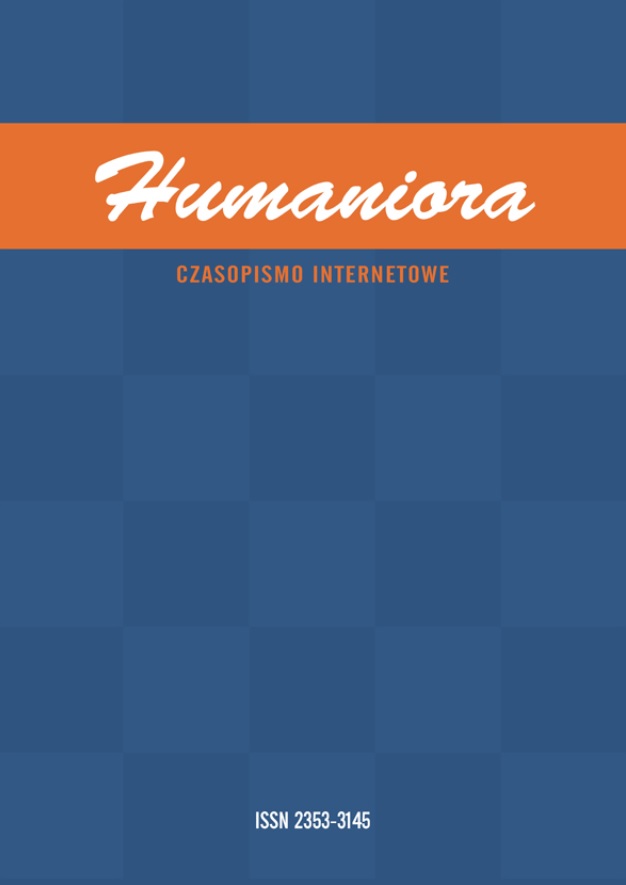
The Turkish Republic, unlike the Ottoman Empire, became a state of one nation, the Turks. The process of changes, the aim of which was to preserve the country’s sovereignty was aiming for the modernization and Europeanization of the country. The weakened Ottoman state required restoration, so the need for changes was noticed very early, using the achievements of Europeans. During the transformation of the state, reforms of Mustafa Kemal Atatürk turned out to be crucial, as he fully achieved what in previous centuries was only in the phase of deliberation or partial implementation. The article analyzes the process of changes that took place from the crisis of the Ottoman Empire to the first years of the Turkish Republic, focusing mainly on the reforms implemented by Atatürk. For the whole picture of changes, it is important to recall the ideas and trends that inspired him to undertake such actions.
More...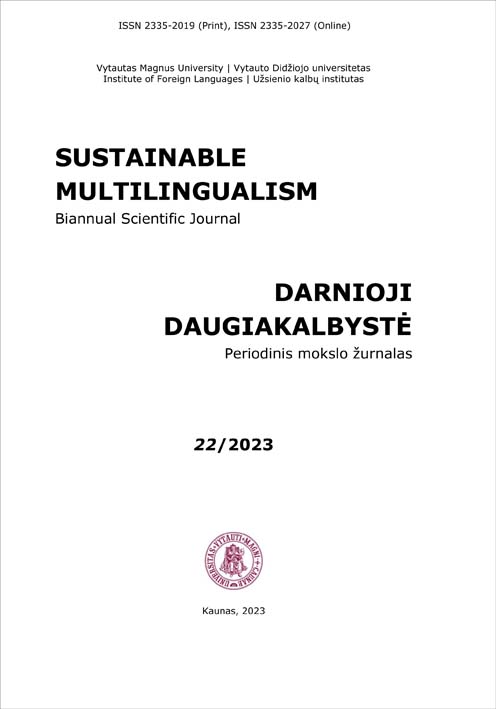
Latvian is the only official language in Latvia and one of the symbols of an independent state. The article provides a brief insight into the history of its reinforcement, which has not been easy. Education is one of the areas in which it is very important to develop multilingualism, while not forgetting to strengthen state language skills and their application. As the education system continues to reveal shortcomings in the process of Latvian language acquisition, Cabinet Regulations adopted in 2018 “Regulations Regarding the State Guidelines for Pre-school Education and the Model Pre-school Education Programmes” update the need for a successful transition from pre-school education to primary education at school, from preschool education to bilingual primary school education or education carried out in Latvian. In minority families with a dominant Russian language, children acquire Russian well before preschool age, and it is time to start learning the state language at pre-school age if this has not already been done. Taking these requirements into account, the article analyses the Latvian language skills of children of pre-school age, using 375 child speech recordings made by researchers in 2019 and 2020 in three regions – Kurzeme (Western Latvia), Latgale (Eastern Latvia), and Riga (capital). The materials are divided into three groups in each of the territories: recordings of Latvian children, recordings of minority children in groups with the Latvian language on a daily basis, and recordings of minority children in groups with the Russian language on a daily basis. The main problem is that regardless of the region, the Latvian language skills of minority children who attend pre-school education groups with a dominant Russian language on a daily basis are still insufficient and do not comply with the requirements set in Cabinet Regulation No. 716 of 2018 that the children should be prepared to start school with the Latvian as the learning language or bilingually. This suggests that the legislative provisions are not fully implemented and improvements are necessary for the Latvian language training system for minority children.
More...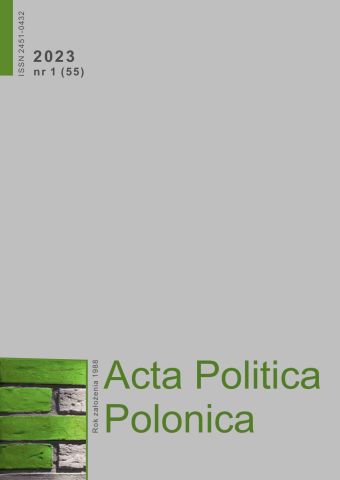
Social media is having a significant impact on socio-political life. The expansion and popularisation of further platforms such as TikTok provides an opportunity to use and implement another communication channel. This property is increasingly being recognised by politicians who are beginning to grasp the potential of the platform. The primary purpose of this article is to present the results of a survey conducted between 1 August and 15 September 2022, the subject of which was the analysis of the activity of the ninth-term deputies sitting in the Sejm of the Republic of Poland. The article posits that the rise of public interest in TikTok may influence the activation of politicians in the space described.
More...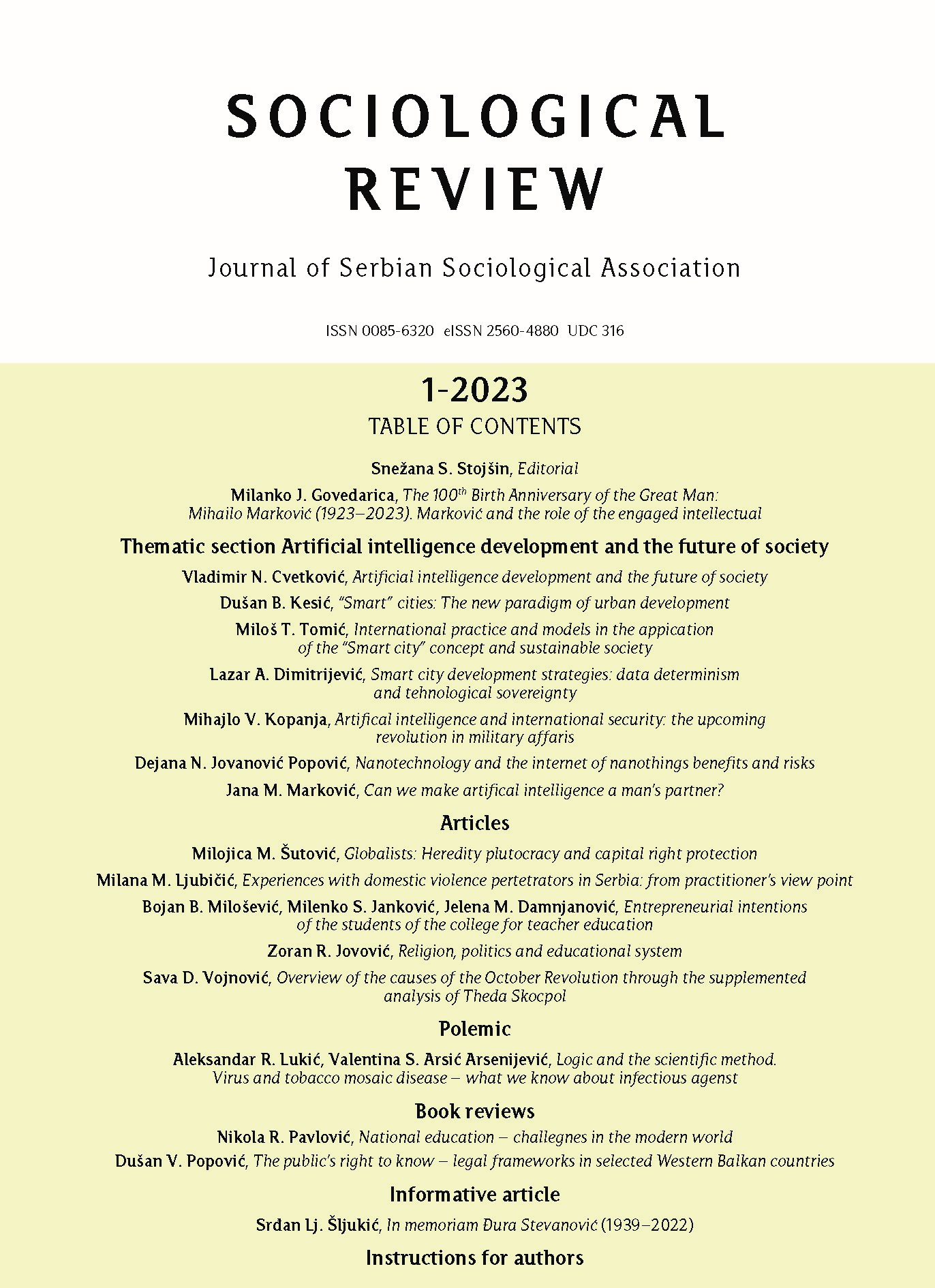
Religion is important for a person’s life, as well as politics, which is a practical necessity. For religion, we can say that it is the need of every individual in the social community; it is simply a spiritual need. Both politics and religion prove to be human necessities. Both upbringing and education are also human necessities, while knowledge is in their center. A reasonable educational system must meet the following conditions: pass on the cultural heritage to younger generations; prepare young individuals to assume some of the operational roles in society; create value awareness and conscience in young individuals; enable the unhindered development of the possibilities of each individual (meaning intellect, morals, culture); provide conditions for the unhindered acquisition and expansion of knowledge about and from religion; provide requirements for acquiring knowledge in politics and democracy (the rule of law, free market of ideas). Without religion, upbringing, and education, society lacks air, pure truths about it. Without religion, upbringing, and education, darkness would move into all of us and build a specific form for itself: we would make a pact “that binds us to the ninth circle of hell”. Those dark expectations would come true; what we fear most would come true for us. As Šušnjić (1997, p. 18) says, we live in a “century that has gambled away its human possibilities,” it is a bloody age. We are witnessing a time when most blood is shed: “we are losing our heads, while we have plenty of cutthroats” (Čupić, 2002, p. 18). This is an age of numbers, organizations, violence, even in the educational system; an age in which we have almost lost a clear idea of what we should do, that is, what we want and what we can do.
More...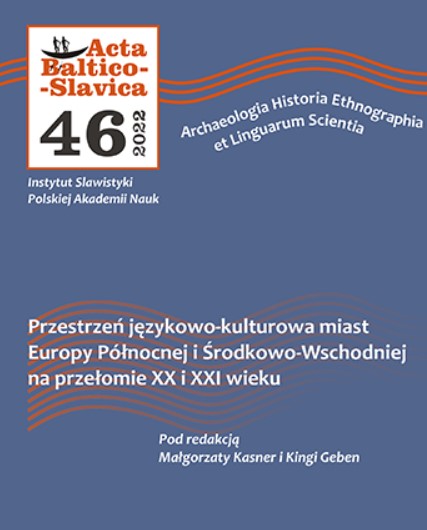
This article is devoted to determining the key trends in visual “modernization” of the image of the renowned Ukrainian writer and poetess Lesia Ukrainka in the urban cultural space of twenty-first-century Ukraine as a state that is going along its way to European integration. The study examines the peculiarities of transformation of her iconic figure under the conditions of changing value paradigms which reflect the significant processes of renovation in the society’s art and ideology. The analysis conducted indicates that it is the visual methods of “modernizing” her image that reflect the emergence of several social trends oriented at the average Ukrainian of the new generation – one who, in search of the form of self-identification, is willing to connect aesthetic and axiological categories of the past with the demands of the present, to connect national identity with European identity. The transformation of Lesia Ukrainka’s image in urban culture is realized, on the one hand, by means of symbolization and sacralization, and, on the other hand, by means of kitsch, play, breaking the axiological hierarchy (de-iconization), fetishization, simulacrization, and others
More...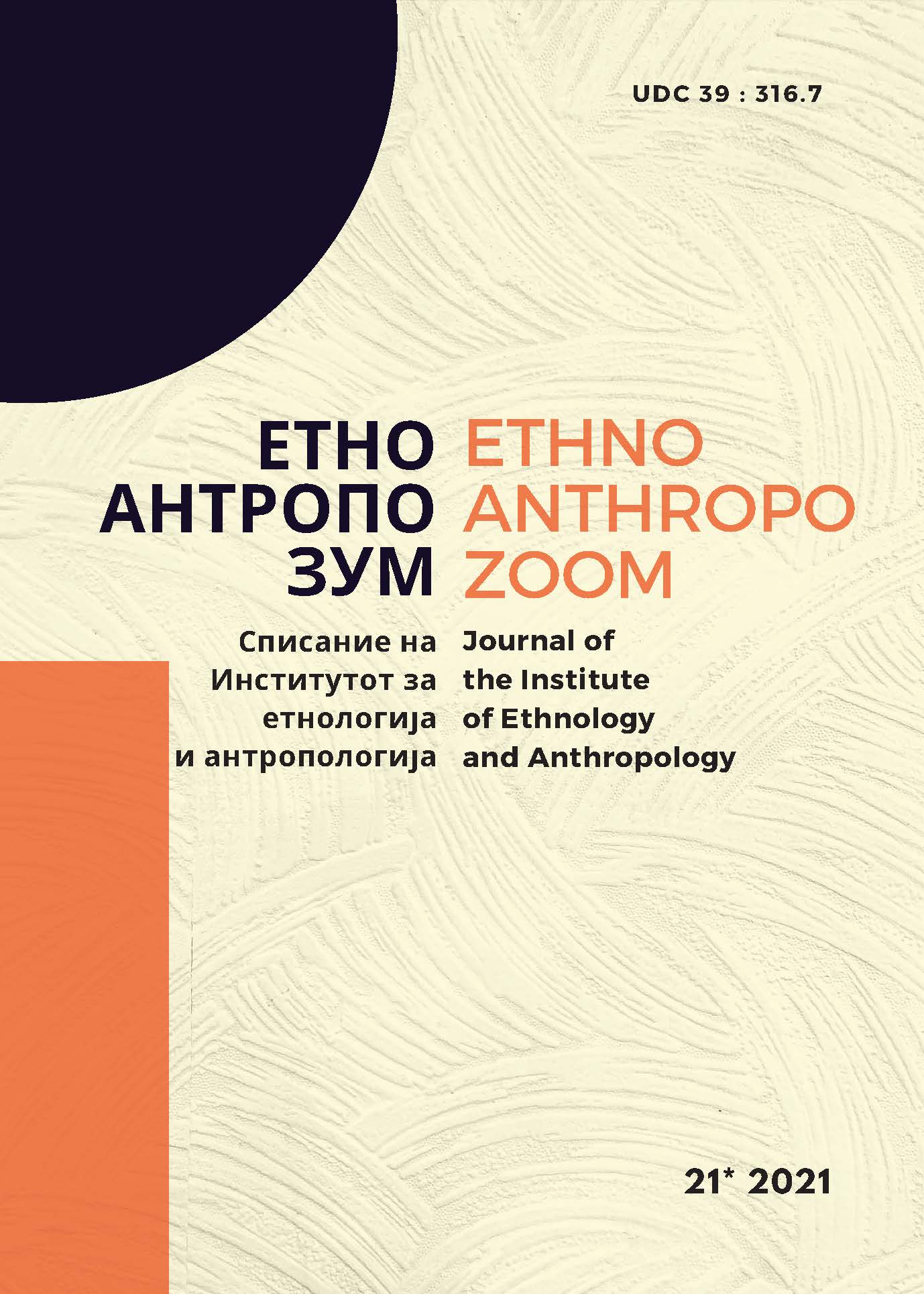
По прогласувањето на независноста на Република Македонија, во низата проблематизирања на македонскиот национален идентитет, на македонската држава и на Македонците, како одвнатре така и од страна на соседните држави и народи, се најде и опструирањето на непреченото одбележување на годишнините од одржувањето на Антифашистичкото собрание на народното ослободување на Македонија (АСНОМ) во манастирот Св. Прохор Пчињски откако тој, и официјално, по воспоставувањето на меѓународната граница помеѓу Македонија и другиот дел од Југославија, во почетокот на 90-тите години, остана во делот на Србија. Како резултат на тоа, во Македонија започна сè поотворено да се размислува за изнаоѓање алтернативи за одбележувањето на годишнините од АСНОМ. Така, во 2004 г. започна реализирањето на изградбата на Меморијалниот центар на АСНОМ во Пелинце, локација оддалечена од српско-македонската граница само неколку километри и неколку десетини километри од манастирот Св. отец Прохор Пчињски. Сепак, изградбата на овој центар, наместо да го затвори ова проблематично прашање, се чини дека во македонската јавност отвори нови дебати, толкувања, интерпретирања на македонската национална историја и идентитет.
More...
After the independence of the Republic of Macedonia, one of the issues in the sequence of the problematization of Macedonian national identity, of the Macedonian state and Macedonians, internally and by the neighboring states and nations, was the problem of obstruction of the celebration of the jubilees related to the Anti-Fascist Assembly for the People’s Liberation of Macedonia (AAPLM) at the Monastery St. Prohor Pcinjski in Serbia settled on the North Macedonian Serbian borderline, now, officially in Serbia. As a result, Macedonia started to consider alternatives for celebrating the anniversaries of AAPLM openly. Thus, in 2004 the construction of the memorial Center of AAPLM in Pelince, a location only a few kilometers away from the Serbian-Macedonian border and few kilometers from the Monastery St. Prohor Pcinjski. However, instead of closing this problematic issue, this Center opened new debates, interpretations, and readings of Macedonian national history and identity.
More...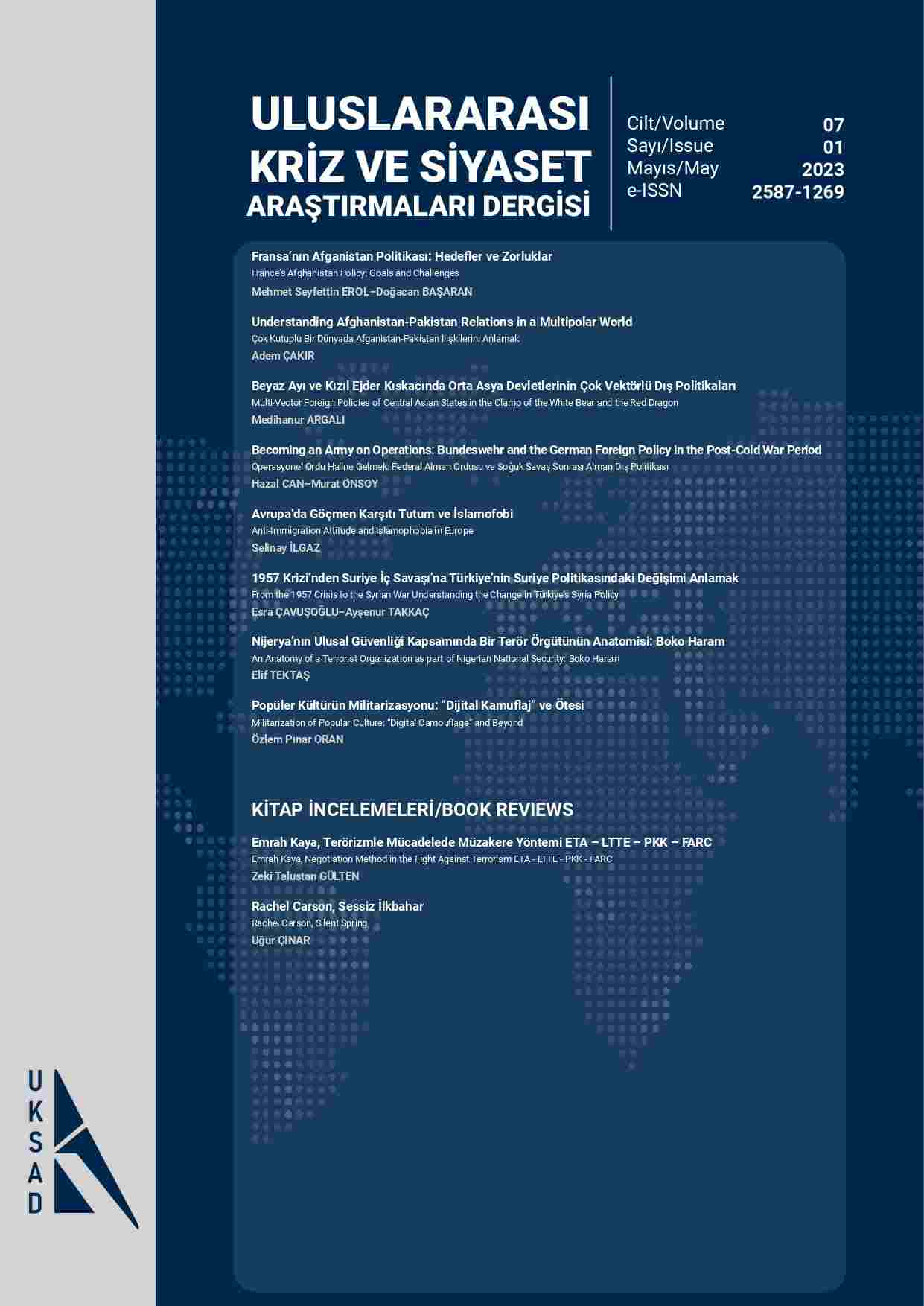
The Central Asian states, consisting of Kazakhstan, Kyrgyzstan, Uzbekistan, Turkmenistan and Tajikistan, which have continued their existence under Russian hegemony since the 19th century, continued to be the playground of great powers such as Russia, China, the USA and the EU when they gained their independence in 1991. In this context, the regional states, started to follow a multi-vector foreign policy in which they balanced the great powers against each other. Due to the subject of the study, the relations of the regional states with Russia and China were examined. Thus, it has been tried to reveal how the Central Asian States applied their multi-vector foreign policy against Russia against China and China against Russia.
More...
Islamophobia, is caused by prejudice and discrimination against Muslims and the religion of Islam. After the terrorist attacks of September 11, 2001, prejudice against Muslims increased. With the rise of far-right parties in the post-Cold War period, the phenomenon of racism came to the fore and began to take a form to exclude Muslims from society. Attendantly, racism and xenophobia played an important role on the way to anti-Islamism. We can speak of the phenomenon of Islamophobia, which is constantly increasing in Europe, as in other regions. Accordingly; the phenomenon of Islamophobia, the conditions of its formation, the problems of immigration and the problem of Islamophobia in this context will be discussed, and how these phenomena and processes affect the lives of Muslims will be examined.
More...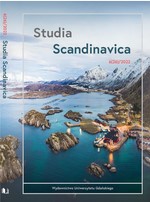
W dniach 1–3 czerwca 2022 r. odbyła się w Sztokholmie konferencja „Nordic Challenges”, zorganizowana przez sieć ReNEW (Reimagining Norden in an Evolving World). Organizacja ta, finansowana przez nordycki fundusz badań NordForsk, została utworzona w celu wzmocnienia współpracy na rzecz rozwoju nowych i przełomowych osiągnięć w badaniach nad regionem nordyckim w kontekście wyzwań globalnych. Partnerami ReNEW jest sześć uniwersytetów ulokowanych w regionie nordyckim: Uniwersytet Helsiński, Uniwersytet w Oslo, Uniwersytet Islandzki, Uniwersytet Södertörn, Uniwersytet w Aarhus oraz Copenhagen Business School.
More...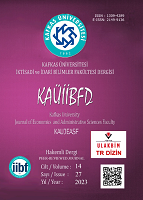
In terms of defining the position, weight and route of Islamic identity in Turkish politics, the examining its historical characteristics and the change there offers an important opportunity. This study aims to deal with the historical course of the Islamic identity / discourse, which began to come to the fore in the political and cultural grounds in the 1970s in Republican Turkey, through the narrative world of Islamic novels, the first examples of which were given in this period and reaching to the 2000s. For this reason, the text analysis method is used in this study. In this study, it is indicated that Islamic identity / discourse is periodically shaped around different understandings and different approaches and generally follows a historical course that evolves from Islamism to Conservatism.
More...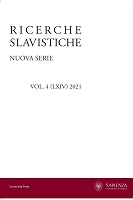
In this article, we aim to open new research perspectives and new terminological categories for the study of the social, cultural and political dynamics in Belarus. Through the critical reading of new interdisciplinary methodological approaches carried out by international scholars for the study of the Belarusian context, we aim to frame the main research perspectives that have emerged in recent years to understand the process of the social and cultural transformation taking place in Belarus through a long-term perspective (1991-2021). Through the lens of broader cultural and postcolonial studies, the conceptualization of national identity, language and memory in the contemporary political and cultural debates will allow us to identify the plurality of voices and perspectives that have emerged during the history of independent Belarus.
More...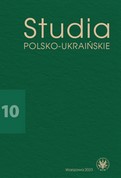
The article is devoted to new research on the cultural adaptation processes of Ukrainian refugees in Poland using their questionnaires and records of oral testimonies about their experiences. Human confessions have become valuable material for folklorists, ethnologists, and historians, so their documentation as archival sources is important. The studies use a comparative method of analysing the collected texts. Attention will be paid to using human confessions as source material reflecting the Ukrainian mentality, folk traditions, and national identity. A joint Ukrainian-Polish project will be presented between the Rylsky Institute of Modern and International Studies of the National Academy of Sciences of Ukraine and the Institute of Archaeology and Ethnology of the Polish Academy of Sciences
More...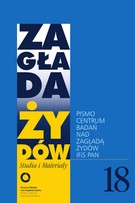
This article presents and compares the strategies of hiding the Jewish identity of members of the communist resistance movement (the People’s Guard/People’s Army). It uses the example of the wartime memoirs of Barbara Sowińska (1912–2004) and Gustaw Alef-Bolkowiak (1916–1979). They both grew up in Jewish homes, but their experiences in Polish schools were key for the development of their hybrid identity. In the fall of 1939 they both fled across the River Bug, but in 1941 they did not manage to flee into the interior of the Soviet Union. They returned to Warsaw, where they soon joined the infant People’s Guard. After the war, they played a significant though secondary role in the construction of the new political system. They both wrote best-selling memoirs about the period when they had fought in the communist resistance movement, where they hid their Jewish origin. However, they chose different camouflage strategies, the discussion of which constitutes the essence of this article. The basic source materials are the following two books: Stanisława Sowińska’s Lata walki [the years of struggle] and Gustaw Alef-Bolkowiak’s Gorące dni [hot days], which are juxtaposed with archival documents (party resumes, testimonies written for the communist party history archive, testimonies, etc.), and later testimonies and manuscripts, created in exile or for a foreign audience. The comparative analysis of their content facilitates highlighting the self-strategies of escape: both during the occupation and in communist Poland.
More...
The topic related to the European Union (EU) rules on the free movement of persons is a dynamic one. Part of these dynamic EU rules are also rules concerning the entry of third-country nationals (TCNs) into the EU’s territory. The Schengen rules regulate procedures and conditions for entry of third-country nationals for a period of up to ninety days. These rules need to be developed and implemented in line with the fundamental human rights rules. The EU has been criticized for many years for its lack of democratization due to the fact that it did not give binding character rules of the Charter of Fundamental Rights of the EU. The aim of the present research is to analyse the development of Schengen rules for the entry of third-country nationals (TCNs) into the EU’s territory in light of their democratization and respect for human rights. The aim is achieved through a historical, descriptive, and analytical approach that allows using the existing Schengen rules for the entry of third-country nationals (TCNs), relevant scientific articles and official documents of the EU’s institutions. Analysis of these materials proves that EU member states enjoy wide discretion in respect of implementing the current EU rules as regards entry of TCNs into EU territory. As a result, TCNs obliged to have a visa in order to enter EU territory might be subject to unequal treatment.
More...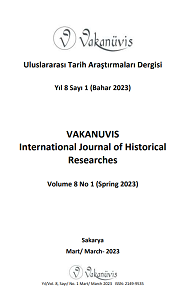
Review of: Ramazan Erhan Güllü, İstanbul Türklüğünün Muhafazası -İstanbul’un Kimlik ve Güvenlik Endişesi (1918-1941), Ötüken Neşriyat, İstanbul, 2021
More...